Have you ever wondered how to keep your pool equipment safe, clean, and aesthetically pleasing? Properly covering and protecting your pool equipment is essential not only for maintaining its functionality but also for ensuring the overall visual appeal of your pool area. Whether you're dealing with pumps, filters, heaters, or other essential components, finding the right way to shield them from the elements and potential damage can save you time, money, and frustration in the long run. Here, we explore the 11 best ways to cover your pool equipment, offering practical solutions and design tips to suit a variety of needs and preferences.
Why You Need to Learn How to Hide Pool Equipment
With over 10 million residential swimming pools in the U.S. alone, there's a good chance you're among the many happy homeowners enjoying a backyard oasis. But that enjoyment can be dampened by the sight of exposed pool equipment – pipes, pumps, and heaters that can make your backyard look more like a hardware store aisle than a relaxing retreat.
While aesthetics are a major reason to conceal your pool equipment, there are several other compelling benefits to consider:
Protection from the Elements: Pool equipment is vulnerable to the whims of nature. Heavy rain can damage electrical components and even create electrocution hazards. Strong winds can hurl debris, potentially puncturing pumps and causing costly repairs. Direct sunlight, especially in hot climates, can degrade plastic and rubber components and overheat motors. Enclosing your equipment safeguards it from these environmental threats, extending its lifespan and minimizing maintenance needs.
Enhanced Safety: Exposed pool equipment poses a safety risk to children and pets. Hot surfaces can cause burns, accidental bumps can turn equipment on or off unexpectedly, and malfunctioning components could lead to electrical shock. A common source of poolside electrical hazards includes circulation motors, cleaning machines, heaters, and timer controls. By concealing your equipment, you create a safer environment for everyone enjoying your backyard.
Improved Convenience: Strategically designed pool equipment enclosures often offer additional storage space. A dedicated shed allows you to house pool chemicals, cleaning tools, and pool toys, keeping your backyard clutter-free and organized. Furthermore, enclosing equipment can significantly reduce noise levels, allowing you to enjoy the tranquility of your poolside haven without the constant hum of the pump.
9 Ways to Hide Your Pool Equipment
Now that you understand the benefits, let's explore the different concealment options available:
1. Build a Shed Around Your Pool Equipment
For a more permanent and secure solution, consider constructing a dedicated shed specifically for your pool equipment. This offers complete concealment and ample storage space for pool chemicals and cleaning tools. You can customize the shed's size, design, and materials to seamlessly integrate with your existing backyard aesthetic.
2. Install Walls
If space constraints limit the feasibility of a shed, consider building walls around your equipment. This creates a designated enclosure that hides the equipment while offering easy access for maintenance. Choose materials like wood, vinyl, or concrete blocks that complement your landscaping and patio design.
3. Consider an Underground Bunker
For a truly unique and space-saving approach, explore the possibility of installing an underground bunker to house your pool equipment. This option requires significant planning and excavation work, so consult with a qualified contractor to ensure proper drainage and accessibility.
4. Tweak Your Landscaping
Embrace the power of nature! Strategic landscaping can effectively camouflage your pool equipment. Plant tall shrubs or climbing vines around the equipment to create a natural screen. Choose evergreen plants for year-round coverage, but ensure they don't obstruct access for maintenance.
5. Settle for a Box
A simple yet effective solution is a pre-made pool equipment box. These readily available boxes come in various sizes and materials like wood or plastic. They offer basic concealment while being relatively easy to install and maintain.
6. Use Privacy Screens
For a quick and budget-friendly option, consider vinyl or wooden privacy screens. These free-standing panels are easy to install and can be moved as needed for maintenance. They come in various styles and colors, allowing you to match your existing décor and add a touch of personality.
7. Utilize Outdoor Furniture
Think creatively! Strategically placed outdoor furniture, like large planters or chaise lounges, can effectively mask your pool equipment. This option provides dual functionality, offering both concealment and additional seating or storage space.
8. Camouflage with Decorative Structures
Go beyond basic concealment and create a visually appealing focal point. A trellis or pergola with climbing vines can not only hide your equipment but also provide shade and a charming aesthetic element to your backyard.
9. Custom-Built Pool Pad Enclosure
For a truly bespoke solution, consider a custom-built pool pad enclosure. This allows for complete design flexibility, enabling you to create an enclosure that seamlessly integrates with your existing landscaping and architectural style. Choose materials like natural stone, wood, or even decorative concrete to create a visually stunning and functional enclosure.
Factors to Consider When Enclosing Pool Equipment
Before embarking on your pool equipment concealment project, consider these crucial factors:
Local Regulations: Check with your local building department to ensure any planned structures comply with zoning regulations and permit requirements.
Budget: Costs can vary depending on the chosen method. Factor in material costs, labor costs (if applicable), and long-term maintenance requirements.
Accessibility: Ensure the chosen method allows for easy access to the equipment for maintenance and repairs.
Ventilation: Proper ventilation is essential to prevent moisture buildup and equipment overheating. Incorporate vents into your chosen enclosure design or ensure adequate air circulation.
Drainage: Especially for underground bunkers or enclosures built on concrete pads, consider proper drainage to prevent water accumulation around the equipment.
Material Durability: Choose materials that can withstand harsh weather conditions and resist wear and tear over time. Consider factors like sun exposure, rain, and potential wind damage.
Style and Design: Don't compromise on aesthetics! Select a concealment method that complements your existing backyard design and enhances the overall visual appeal of your outdoor space.
Conclusion: Transforming Your Backyard into a Personal Oasis
By implementing these strategies, you can effectively conceal your pool equipment, transforming your backyard into a haven of relaxation and beauty. Whether you opt for a simple box or a custom-built enclosure, remember to prioritize functionality, aesthetics, and long-term durability. With careful planning and the right approach, you can achieve the perfect balance between practicality and visual appeal, creating a backyard oasis you'll be proud to share with family and friends.
Remember, a well-concealed pool equipment area not only enhances the aesthetics of your backyard but also protects your equipment, improves safety, and potentially increases your property value. So, unleash your creativity, explore the options, and embark on a project that transforms your backyard into a picture-perfect paradise.
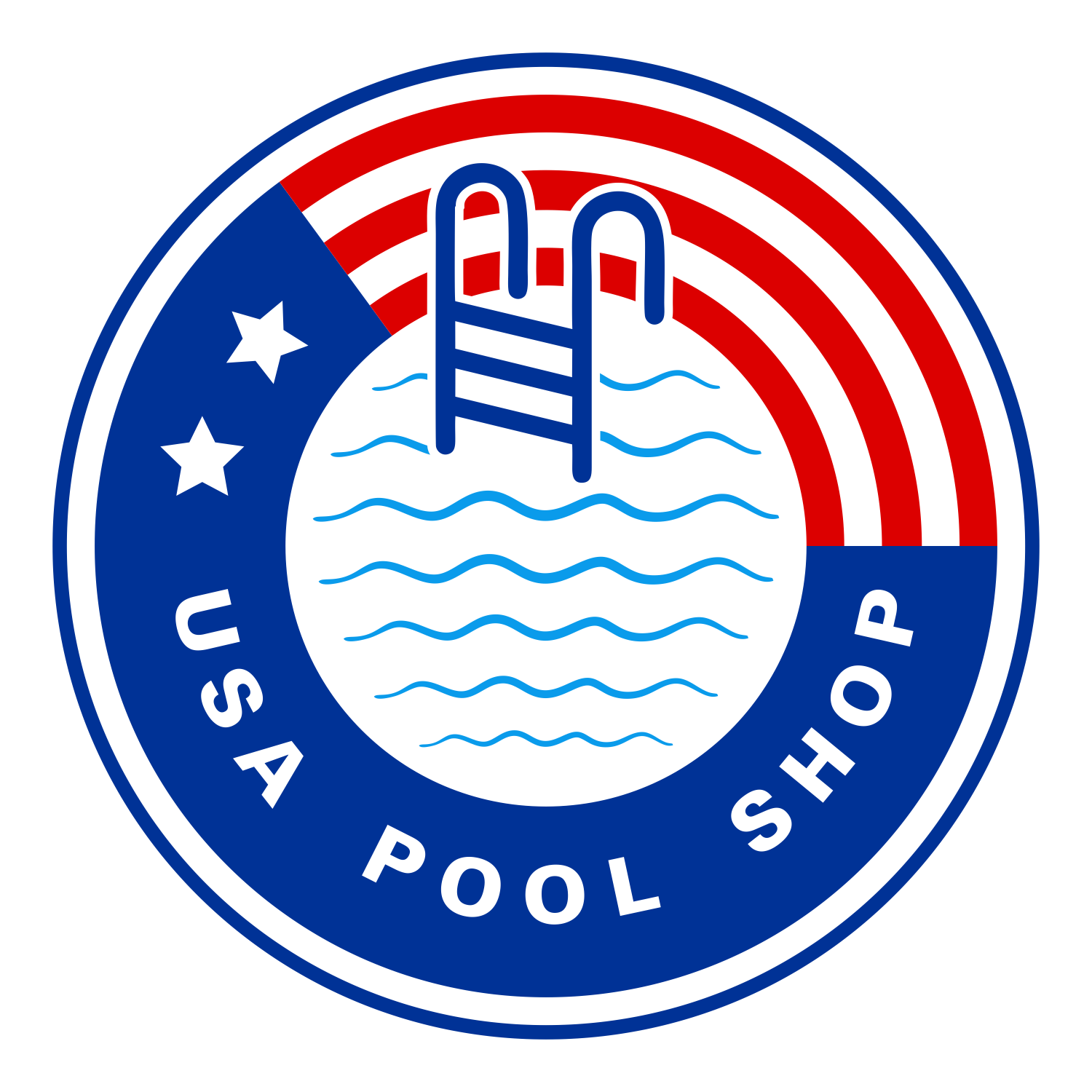
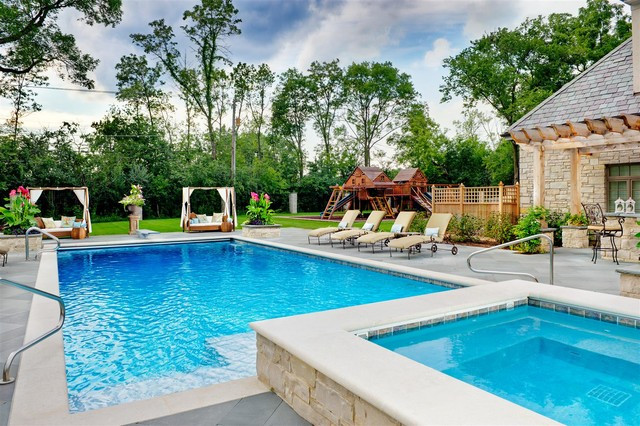


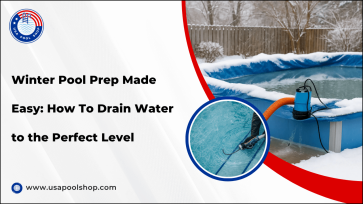

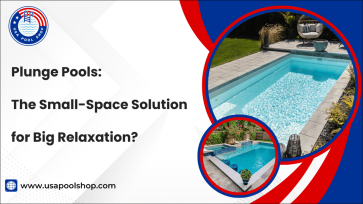
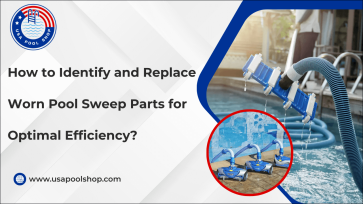
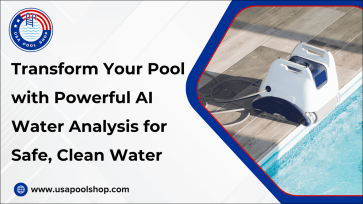
Validate your login